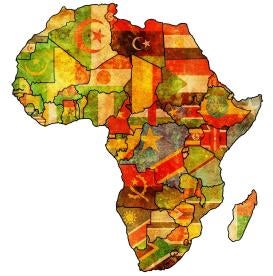The expanding middle class has been one of the cornerstones of the “Africa rising” narrative. Discussion of that topic has been particularly lively over the past few weeks. From a private sector perspective, this debate presents an interesting lesson about doing business in Africa’s consumer goods sector.
As an initial matter, it is important to keep in mind that there is no universally-used definition of middle class. Although the phrase often is defined by an individual’s income, it also can be defined by other factors such as an individual’s wealth (i.e., savings or investments) or consumption (i.e., how much one spends). For this reason, the African Development Bank’s use of income and purchasing power parities results in a prediction that the African middle class will reach half a billion people by 2030. Yet, at the same time, Standard Bank’s use of South Africa’s Living Standard Measure results in a prediction that the African middle class in the eleven countries that combined account for half of sub-Saharan Africa’s total GDP (as well as over half of the total population) will reach 22 million people by 2030. Despite the seemingly wide chasm between these two estimates, both the African Development Bank and Standard Bank are bullish on Africa’s burgeoning consumer market.
However, if a company is going to pursue opportunities in this market, then it first must appreciate just how diverse the African consumer market is. Accenture has partitioned the market into five consumer segments: basic survivors, working families, rising strivers, cosmopolitan professionals, and the affluent. Nielsen has partitioned the market into seven consumer segments: female conservatives, wannabe bachelors, evolving juniors, struggling traditionals, balanced seniors, trendy aspirants, and progressive affluents. Whichever way a company chooses to splice the market, it is essential to identify the consumer segment(s) to which it wishes to sell and then tailor the products to suit the buying behaviors, needs and preferences of the chosen segment(s). As with any other consumer market, price, brand loyalty, quality (and sometimes other factors) are all relevant considerations but each segment weighs these factors differently. Equally as important is determining the supply chain and distribution network that best serves the chosen segment while still keeping transaction costs down. In addition, advertising should be strategic with respect to both its content and its placement. For example, recognizing that affordable and reliable Internet access is not a given across the continent, companies have begun to tailor their online advertising to pique consumers’ interests but also be compatible with potential access barriers.
So, no, there is no reason to give up on the African middle class nor the consumer class more generally. However, in order to succeed in the market, it is essential to appreciate the diversity in the African consumer market, understand the African consumer segments which one wishes to engage, and then select and tailor the products and routes to market accordingly.



 i
i


